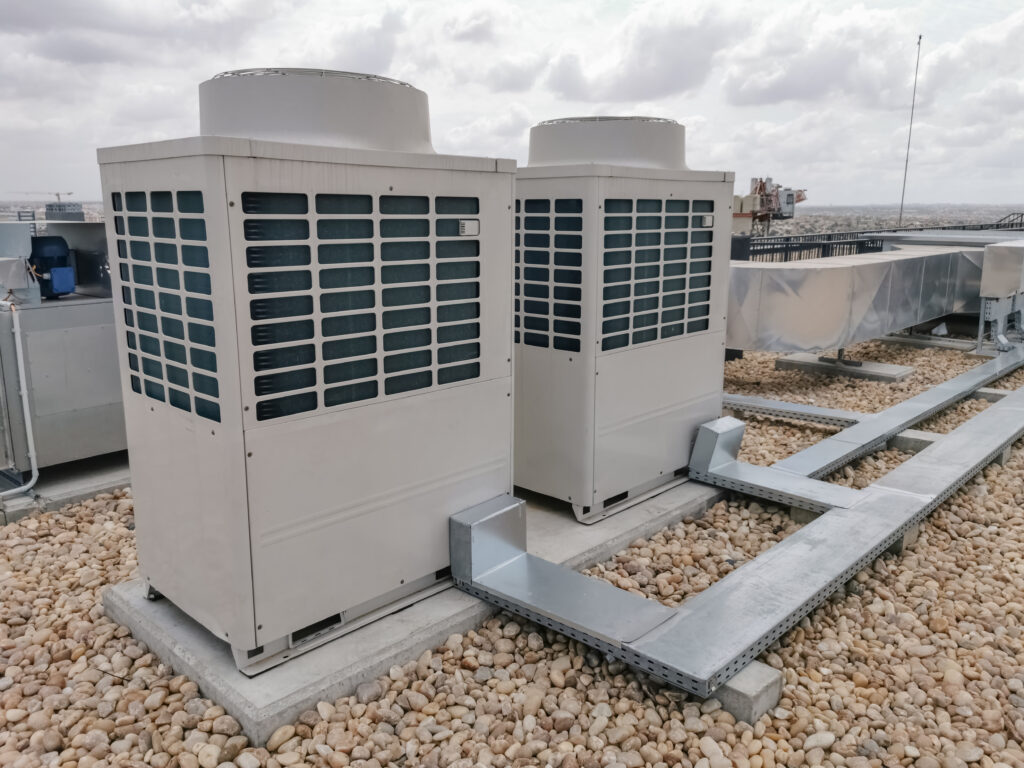Net Zero Carbon Pathways
As part of our EPC ‘B’ pathway service, we offer a Net Zero Carbon Pathway alongside or as a standalone exercise. During the EPC assessment, we will assess the operational performance of the building and compare this against the design intentions, investigate ways to decarbonise the heating systems with our M&E and Facilities colleagues and explore the opportunities for onsite electricity generation.
We follow the UK Green Building Council’s (UKGBC) “Net Zero Carbon Buildings: A Framework Definition” when assessing and providing our Clients with advice on how to decarbonise buildings and achieve Net Zero Carbon in operation.
The framework stipulates that buildings should:
- Reduce operational energy demand
- Decarbonise heating systems
- Disclose energy consumption publicly on an annual basis
- Install renewable energy supply
- Offset and disclose
As each building is bespoke in how they are designed and operated, we believe a bespoke approach is needed when investigating methods to reduce consumption via operational adjustments. As part of our Net Zero Carbon Pathway service, we would visit the building to ascertain how the building is operated and compare this against design intent by reviewing the operation and maintenance manuals. For settings outside of design intent, we investigate with the on-site team as to why settings may have been changed.
Passive design measures are essential to reducing the energy demand in use, we review the building fabric, opportunities to install shading to reduce cooling demand, natural daylighting and the opportunity to naturally ventilate spaces. Where gas boilers are installed, we would investigate the potential feasible opportunities for replacement taking into account the age of installations, roof/plant room/riser space and current system design.
For on-site generation potential, our Engineers will look to maximise this across both the building and any ancillary spaces with a view to maximising any system payback by using as much of the energy on site as possible.
Once the building’s energy demand has been reduced as far as possible, the heating system decarbonised and generation installed, we would advise on potential avenues to offset the remaining carbon emissions of the building.
We are constantly reviewing emerging technologies and improvements to established technology to assess if these can deliver energy efficiency benefits.
Passive design measures are essential to reducing the energy demand in use, we review the building fabric, opportunities to install shading to reduce cooling demand, natural daylighting and the opportunity to naturally ventilate spaces. Where gas boilers are installed, we would investigate the potential feasible opportunities for replacement taking into account the age of installations, roof/plant room/riser space and current system design.
For on-site generation potential, our Engineers will look to maximise this across both the building and any ancillary spaces with a view to maximising any system payback by using as much of the energy on site as possible.
Once the building’s energy demand has been reduced as far as possible, the heating system decarbonised and generation installed, we would advise on potential avenues to offset the remaining carbon emissions of the building.
We are constantly reviewing emerging technologies and improvements to established technology to assess if these can deliver energy efficiency benefits.
Related
projects

The British Library London, New Solar Installation
KJ Tait were engaged by CBRE and the British Library to provide consultancy support on a new solar thermal installation for the British Library, St Pancras, London. This is one of the largest solar thermal installations in the UK.
View more
Harbour Exchange, Canary Wharf
Harbour Exchange is a multi-tenanted office building consisting of two towers located at Canary Wharf. The towers which are fully glazed blue facades were constructed in 1989 and have had numerous fit-outs over the years that have resulted in a mix of systems across towers and floors.
View moreRelated News
and Thoughts

Low GWP Refrigerants for UK VRF and Heat Pumps
Building owners and developers face complex choices when selecting refrigerants for heat pumps and refrigerants for VRF systems.
View more
Heat in Buildings Bill
The Scottish Government has announced the cancellation of its Heat in Buildings Bill.
View more